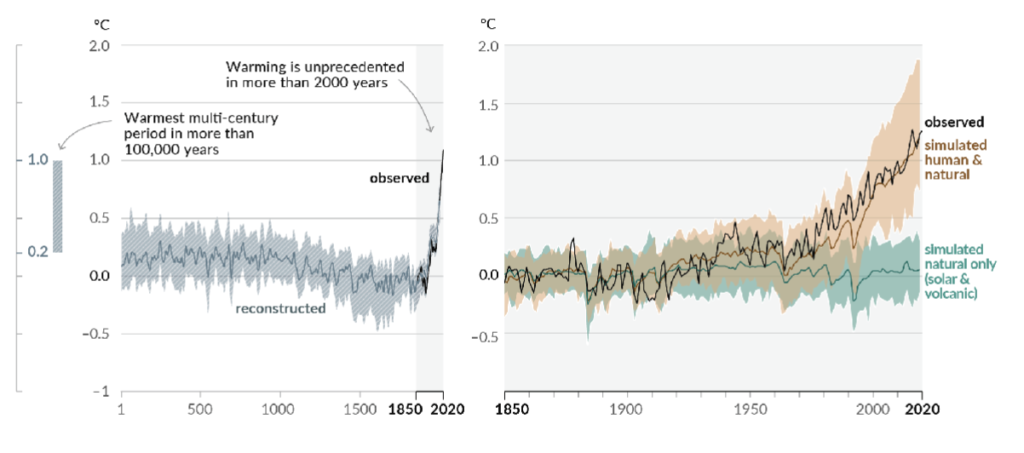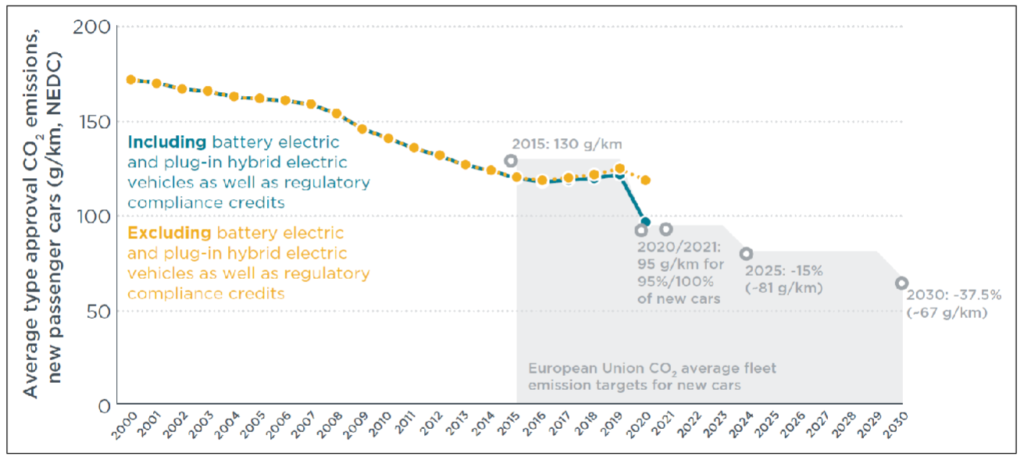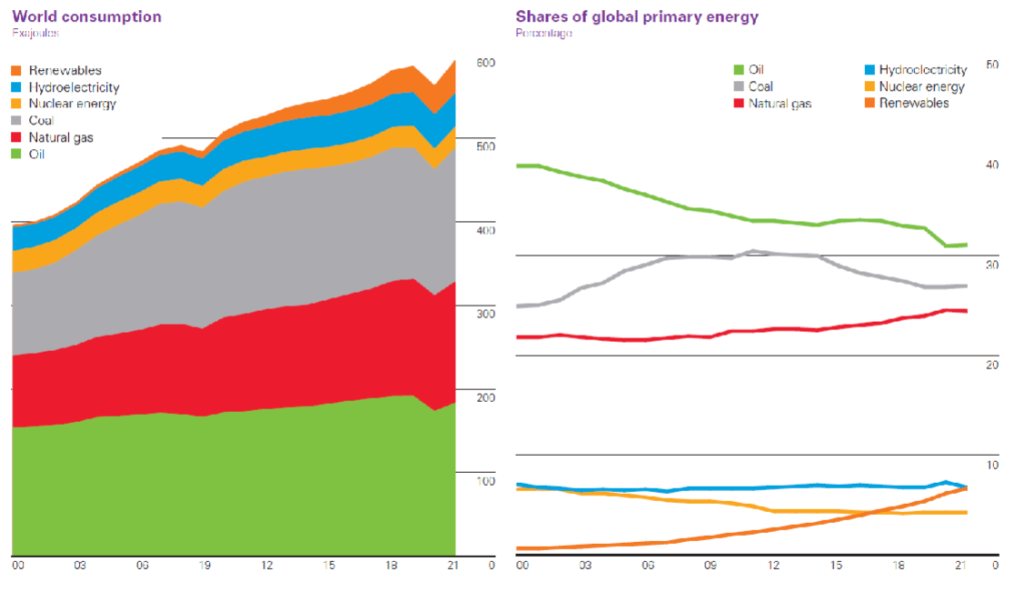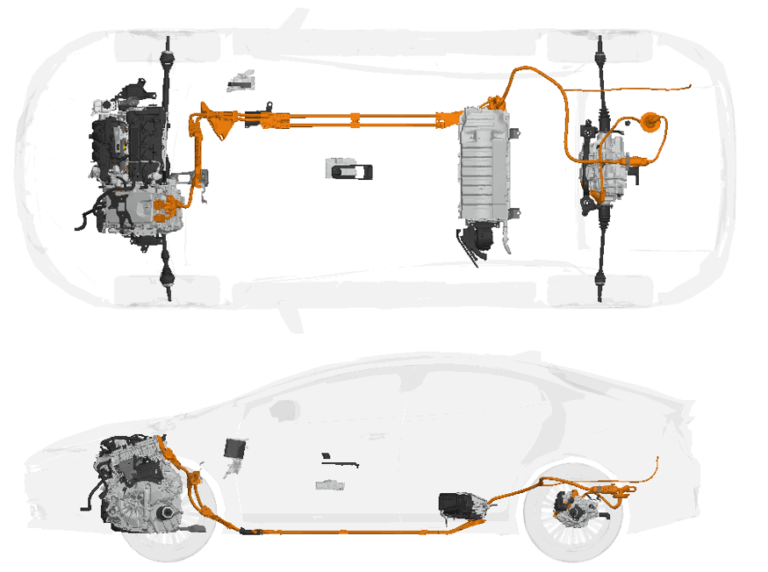Automotive Sustainability
Why is automotive sustainability important? The automotive sector contributes substantially to carbon emissions. Embracing sustainable practices and technologies presents an opportunity for the industry to mitigate its environmental impact. For the automotive industry to achieve environmental sustainability it must focus on low-carbon mobility. In the pursuit of reduced carbon mobility, automotive manufacturers are rethinking the entirety of a vehicle’s lifecycle. Federal regulation is placing pressure on automakers to diminish their carbon footprint. Making automakers scrutinize their whole vehicle portfolio, and invest in the advancement of the next generation of internal combustion engines (ICEs), electric vehicles (EVs), and autonomous vehicles (AVs).

This article aims to explore the compelling reasons behind the growing demand for electrified powertrains. Delving into topics such as world crude oil reserve/production ratios, crude oil prices, global warming, and the intricate relationship between global temperature and CO2 levels.
Automotive Sustainability: Evolution of the Auto Industry
The automotive industry stands out as one of the largest, most impactful industries globally. Arguably the the automotive industry is the single largest manufacturing sector worldwide. Its management practices, organizational structures, and especially its responses to environmental demands are significant both in their context and for their influence on numerous other industries. The automobile not only affords personal transportation to millions but also plays a vital role in shaping our daily lives.

In the ever-evolving landscape of automotive technology, the need for electrified powertrains and automotive sustainability has become increasingly evident. As our dependence on traditional fossil fuels rises electrification has emerged as a promising solution.
Background of automotive sustainability
The automotive industry has traditionally overlooked the need for automotive sustainability. Conventional assembly-line manufacturing processes, many of which persist today, consume significant quantities of energy, metals, plastics, toxins, and labor, resulting in a substantial carbon footprint.

After a vehicle is manufactured it will consume a huge amount of energy. Most of this energy comes from fossil fuels for operation, leading to the emission of harmful pollutants. Collectively, this entire process has had a profound environmental impact, shaping our current circumstances.
The automotive industry continues to grapple with supply chain and shipping disruptions stemming from the pandemic. Despite these enduring challenges, internal and external pressures drive the industry towards a new normal characterized by enhanced mobility and greater adoption of automotive sustainability practices.
The Dwindling Reserves and Fluctuating Prices of Crude Oil
The world’s reliance on crude oil for powering ICE has led to a growing concern: the finite nature of crude oil reserves. As demand continues to outpace production, the balance between supply and demand becomes precarious. The resulting fluctuations in crude oil prices impact economies and consumer pockets alike. Oil prices are also significantly impacted by various global events and economic factors. This precarious nature of oil prices highlights the urgency of transitioning to alternative power sources, such as electrified powertrains, which offer a more sustainable and stable energy solution.

The reserves-to-production ratio: an estimate of the number of years that the site of a natural resource will continue to be productive based on current production rates.

The Importance of Automotive Sustainability: Global Warming at an Unprecedented Pace
The link between human activities and global warming has been established with scientific consensus. The burning of fossil fuels releases greenhouse gases (GHGs), primarily carbon dioxide (CO2), into the atmosphere. The consequence is a rapid rise in global temperatures, leading to climate change and its associated adverse effects.

This is why various automotive OEMs and technology companies are collaborating and competing to tackle industry challenges. Including supply chain challenges, secure data transmission, and management, electrification initiatives encompassing vehicles and charging infrastructure, battery lifecycle management, and the adoption of sustainable business practices aimed at reducing carbon footprints.
Correlation between Global Temperature and CO2
Understanding the correlation between global temperature and CO2 levels is crucial in appreciating the urgency of automotive sustainability. Historical data shows a direct relationship between increased CO2 concentrations in the atmosphere and rising global temperatures. Carbon dioxide (CO2) is the primary greenhouse gas emitted through human activities. As the transportation sector remains a significant contributor to CO2 emissions, transitioning to electrified powertrains becomes a pivotal strategy in breaking this correlation and curbing the effects of climate change.

Consequences of Greenhouse Gas (GHG) Emissions
Carbon dioxide a type of GHG leads to global warming. The consequences of unabated GHG emissions are far-reaching and impact ecosystems, weather patterns, and sea levels. Extreme weather events, melting ice caps, and rising sea levels are all manifestations of the environmental toll exacted by the combustion of fossil fuels. Electrified powertrains offer a cleaner alternative, reducing GHG emissions and diminishing the ecological footprint associated with traditional vehicles.

Automotive Sustainability is about more than decarbonization
In recent years, the automotive industry has made notable strides towards environmental sustainability. Between 2006 and 2021, emissions from car manufacturing in the European Union decreased by over 45%. Additionally, in the nine years leading up to 2021, the CO2 emissions from new cars were reduced by approximately 22%. However, despite these advancements, there remains a significant distance to cover on the journey toward decarbonization, as the industry still accounts for around 15% of total CO2 emissions in the EU.

Achieving net zero emissions presents challenges for automotive firms. Carbon reduction is part of the ESG framework. The auto industry impacts biodiversity, particularly in Brazil, worsening rainforest depletion. These effects, often unmeasured, impact long-term sustainability. Companies need proactive measures to curb deforestation and consider environmental factors in facility design.
US GHG Emissions, Fuel Economy Trend, and EPA Standards
In the United States, the transportation sector is a major contributor to GHG emissions. The fuel economy trend and EPA standards play a pivotal role in shaping the environmental impact of vehicles on American roads. As the automotive industry faces increasing pressure to meet stringent emission standards, the adoption of electrified powertrains becomes not only desirable but necessary for manufacturers to comply with regulations and contribute to achieving automotive sustainability in the future. The data below show that Light, Medium, and heavy-duty vehicles comprised over 75% of the GHG emissions in the US.

Fuel Economy Trend and EPA Standards Effect Automotive Sustainability
The Fuel Economy Trend and EPA Standards play a pivotal role in shaping the environmental impact of vehicles in the United States. The fuel economy trend reflects the average efficiency of vehicles on the road, measuring the distance a vehicle can travel per unit of fuel consumed. As concerns over climate change and air quality escalate, the Environmental Protection Agency (EPA) has established stringent standards to regulate and limit greenhouse gas emissions from vehicles. These standards not only drive manufacturers to innovate and produce more fuel-efficient vehicles but also contribute to the broader goal of reducing the transportation sector’s overall carbon footprint.

During the period from 1985 to 2005, an interesting phenomenon unfolded in the automotive landscape. While advancements in technology led to a notable increase in the horsepower of the average vehicle, vehicles also started to get larger and larger leading to heavier-weight vehicles, as a result, the US had a rise in GHG emissions.
The surge in vehicle weight and horsepower during this era was often accompanied by a reliance on traditional internal combustion engines that burned fossil fuels, contributing to elevated carbon dioxide emissions. This trend underscored the intricate relationship between vehicle design, engine performance, and environmental impact. As the automotive industry confronted the environmental consequences of this trajectory, it became increasingly apparent that a fundamental shift in approach was imperative.
The Push for Automotive Sustainability in the EU: CO2 Emission Standards
Across the Atlantic, the European Union has been a trailblazer in setting ambitious CO2 emission standards for vehicles. The stringent targets aim to accelerate the transition to cleaner mobility solutions, with electrified powertrains emerging as a key enabler. The European automotive landscape is witnessing a paradigm shift as manufacturers invest in electric vehicles to meet these standards and stay competitive in a rapidly evolving market.

Are Higher Emission Standards Achievable?
The pursuit of higher emission standards prompts an industry-wide reassessment of vehicle powertrains. Electrified solutions, with their inherent efficiency and reduced environmental impact, are positioned as the most viable means of achieving and surpassing these standards. The challenge lies in the rapid development and widespread adoption of electrified powertrains to meet the demanding targets set by regulatory bodies worldwide.
What are the key technologies that will help automakers achieve higher emission standards?
▪ Incremental fuel-saving technologies
▪ Weight reduction (lower vehicle mass)
▪ Vehicle electrification technologies
How MPGe are Calculated?
Understanding the efficiency of electrified powertrains requires an examination of the concept of Miles Per Gallon of Gasoline Equivalent (MPGe). This metric provides a standardized measure for comparing the energy efficiency of electric vehicles to traditional gasoline-powered vehicles. As consumers become more energy-conscious, the transparency offered by MPGe calculations becomes instrumental in making informed decisions about vehicle choices.
MPGe Calculation
One gallon of burned gas produces 115,000 British thermal units (BTUs). Generating the same amount of heat through electricity would require 33.7kWh, the standard unit used to measure electricity. MPGe is the distance a car can travel on 33.7kWh of electricity. For instance, the Chevy Bolt EV can cover 120 miles for every 33.7kWh of electricity, which is the equivalent of a gas-powered car getting 120 mpg.
Energy Chains for Different Vehicle Powertrains
The transition to electrified powertrains introduces a shift in energy chains – the sequence of steps involved in the production, distribution, and utilization of energy. From power plants generating electricity to charging stations delivering energy to electric vehicles, the energy chain evolves into a cleaner, more sustainable model. Improvements in Tank-to-wheel efficiencies:
▪ Peak efficiency of the components
▪ Part load efficiency
▪ Recuperate energy
▪ Optimize structure
▪ Optimize supervisory control algorithms that utilize the advantages offered in the complex systems
This transition not only reduces reliance on fossil fuels but also opens avenues for incorporating renewable energy sources into the power generation mix.

Change in Primary Energy and CO2 Emissions
A comprehensive analysis of electrified powertrains necessitates an examination of the overall impact on primary energy consumption and CO2 emissions. The shift from fossil fuel-dependent powertrains towards electricity-driven solutions contributes to a reduction in primary energy demand and, consequently, a decrease in CO2 emissions. However, to get the full benefit of electrified vehicles we need to ensure that the source of the energy from well-to-tank is also sustainable.

The level of fossil fuel energy consumption was unchanged between 2019 and 2021. The increase in primary energy between 2019 and 2021 was driven by renewable energy sources. This positive trend aligns with global efforts to achieve a more sustainable and environmentally friendly energy landscape.

Conclusion
In conclusion, the compelling need for automotive sustainability is rooted in a complex interplay of factors ranging from dwindling crude oil reserves and fluctuating prices to the urgent threat of global warming and the consequences of GHG emissions. As the automotive industry navigates the terrain of evolving emission standards and consumer preferences, electrified powertrains emerge as a beacon of hope for a sustainable future.

The shift towards cleaner, more efficient mobility solutions is a technological evolution and a crucial step in safeguarding the planet for future generations. Embracing electrified powertrains is not just a choice; it’s a responsibility toward a greener, healthier, and more resilient world.
References:
R.J. Orsato, P. Wells, The Automobile Industry & Sustainability, Journal of Cleaner Production, Volume 15, Issues 11–12, 2007, Pages 989-993, ISSN 0959-6526, https://doi.org/10.1016/j.jclepro.2006.05.035.





